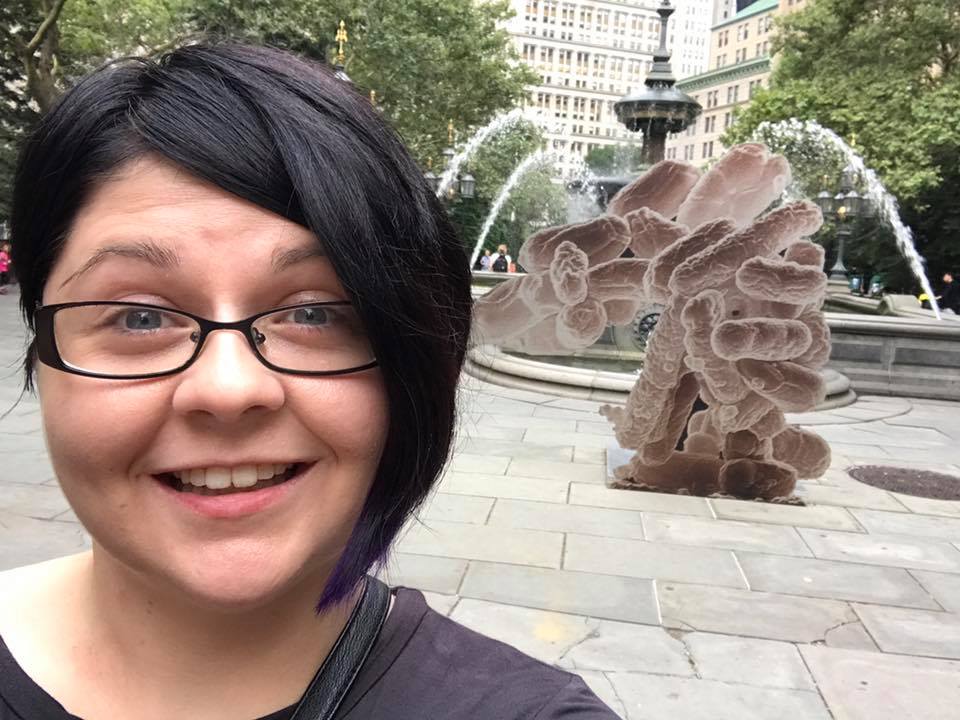Below is a summary of the abstract you submitted. Presenting author(s) is shown in bold.
If any changes need to be made, you can modify the abstract or change the authors.
You can also download a .docx version of this abstract.
If there are any problems, please email Dan at dar78@pitt.edu and he'll take care of them!
This abstract was last modified on March 15, 2022 at 10:50 a.m..

The collection of over 20,000 actinobacteriophages, with 4000 of these being sequenced, can reveal insights into phage diversity and evolution. The 2021-2022 student cohort of phagehunters at the University of Pittsburgh isolated 95 phages from environmental samples using the host Gordonia terrae 3612, contributing to the overall total of over 2500 phages isolated on Gordonia hosts. The genomes of 13 of these phages were sequenced, adding to the existing collection of 634 sequenced Gordonia phages. These phage genomes are characteristically mosaic and span considerable genomic diversity, being assigned to 15 extant clusters (CS [6], CZ [4], DE [1], DN [1], DS [1]). Phages isolated during the 21-22 academic year differ in genome length ranging from 40,444 bp (OneDirection, Cluster DY) to 114,198 bp (BlueNGold, Cluster DS), and G+C% content, ranging from 53.2% (BlueNGold, Cluster DS) to 67.4% (Shivanishola, Cluster DE; G. terrae is 67.8%). We joined a group of 10 other SEA-PHAGES schools in a collaboration to investigate the ability of the Gordonia phages isolated this year to infect several additional strains other than G. terrae (in order of nucleotide similarity to G. terrae: G. lacunae, G. westfalica, and G. rubripertincta) in order to investigate how the genetic content of these phages may influence host range.

